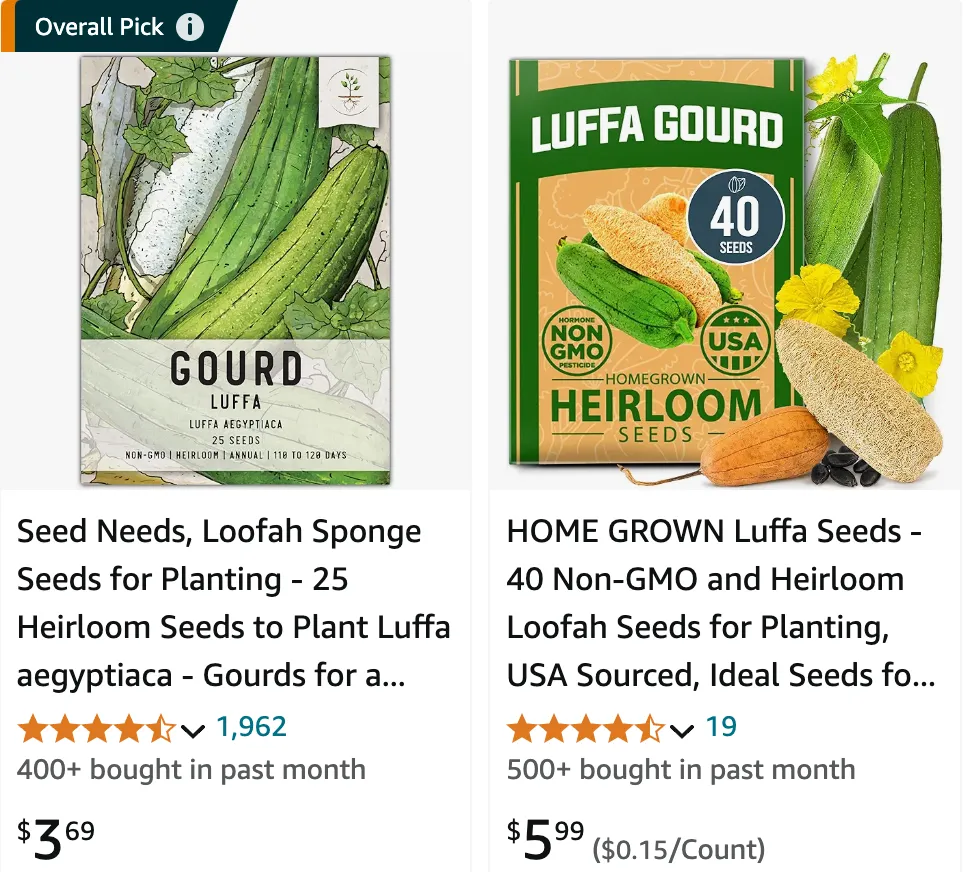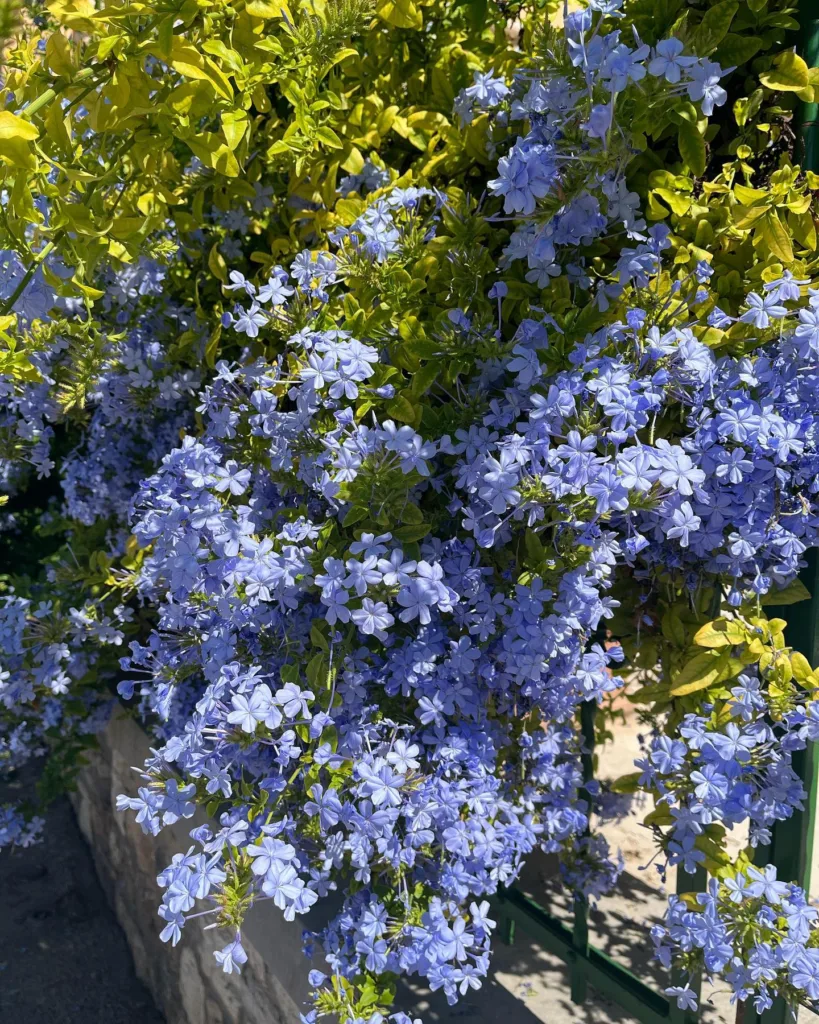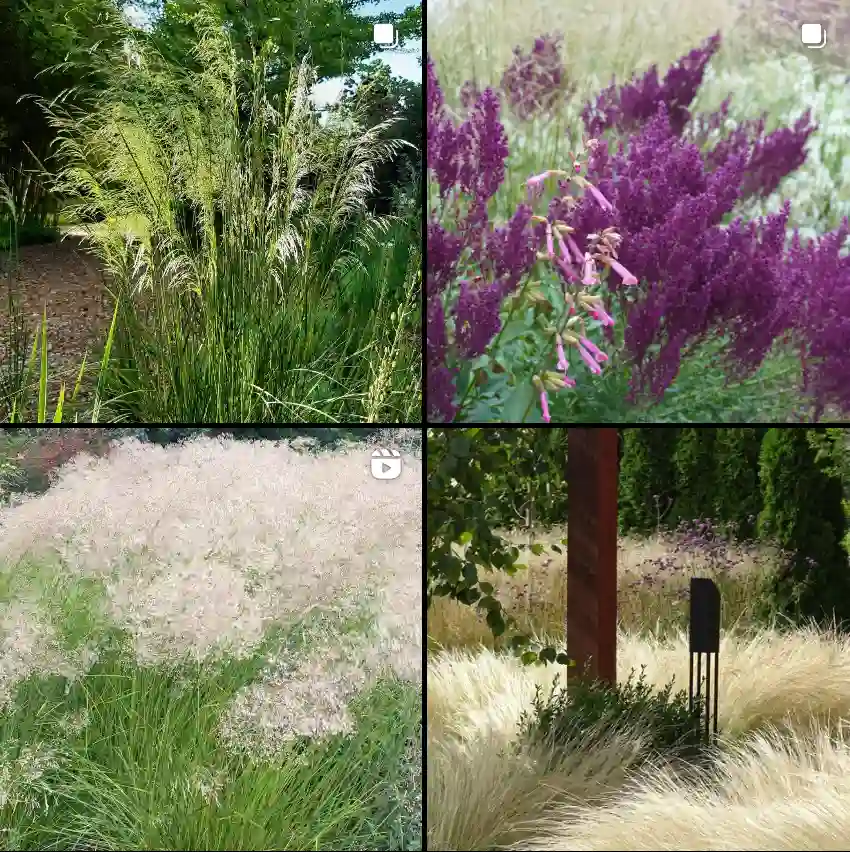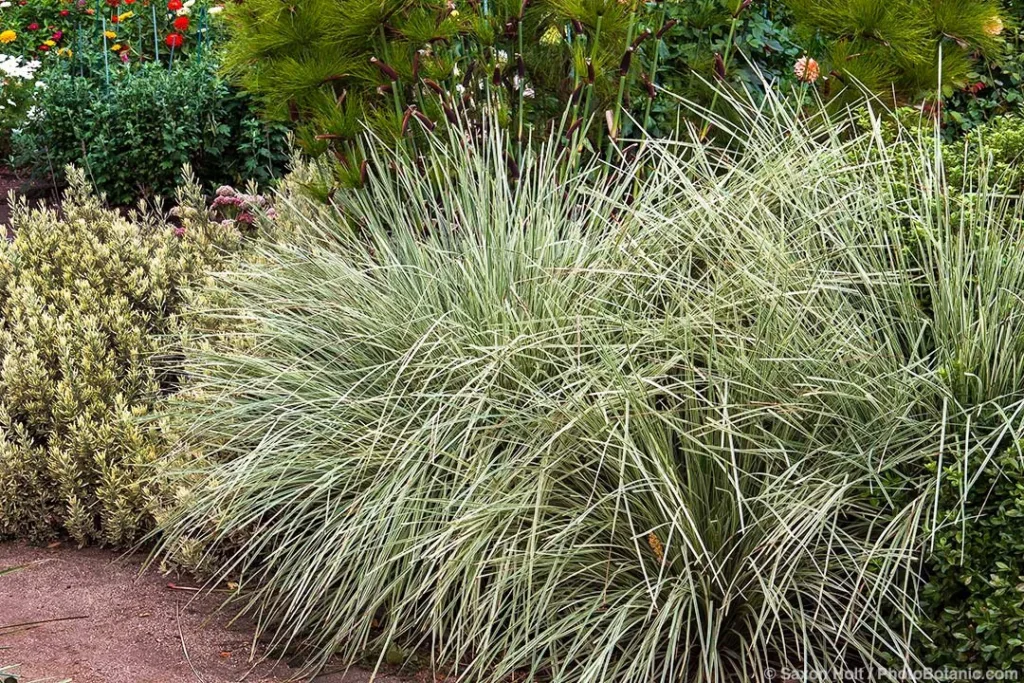
What is Loofah?
Loofah, also spelled luffa, is a fascinating plant that belongs to the cucumber family. It’s often grown for its fibrous interior, which is used as a natural sponge. Loofah plants produce long, green gourds that can be harvested for various uses. When dried and peeled, the inner fibrous skeleton of the loofah gourd can be used for scrubbing and exfoliating the skin. This versatile plant also has culinary uses, especially in Asian cuisine, where young loofah gourds are cooked and eaten.
When to Plant Loofah Seeds?
Timing is crucial when planting loofah seeds. I usually plant my loofah seeds in the spring, after the last frost has passed. The soil temperature should be consistently warm, ideally above 70°F (21°C). In most regions, this means planting loofah seeds in late April or early May. If you have a short growing season, you can start seeds indoors about 4-6 weeks before the last expected frost date and transplant them outside when the weather warms up.
How to Plant Loofah Seeds?
Planting loofah seeds is a straightforward process. First, I soak the seeds in warm water for 24 hours to soften their hard outer shell and improve germination rates. Then, I plant the seeds about 1 inch deep in well-draining soil enriched with compost. Loofah plants need plenty of space to grow, so I space the seeds about 3 feet apart. They also require a sturdy trellis or support structure, as the vines can grow quite long and heavy.
How to Care for Loofah?
Caring for loofah plants involves regular watering, especially during dry spells, and ensuring they receive full sun. I water the plants deeply once a week, providing about 1 inch of water. Mulching around the base helps retain moisture and suppress weeds. Loofah plants are heavy feeders, so I fertilize them with a balanced, all-purpose fertilizer every 4-6 weeks. Pests like aphids and cucumber beetles can be an issue, so I keep an eye out and use organic pest control methods when necessary.
How Long Do Loofahs Last?
Once harvested and dried, loofahs can last for quite a long time. In my experience, a properly dried loofah sponge can last several months to a year, depending on how frequently it’s used and how well it’s cared for. To extend its lifespan, I rinse the loofah thoroughly after each use and allow it to dry completely. Storing it in a dry, well-ventilated area also helps prevent mold and mildew.
How to Harvest Loofah Gourds?
Harvesting loofah gourds is a rewarding process. I usually wait until the gourds are fully mature and the skin has turned brown and started to dry out. This typically happens in late summer or early fall. I cut the gourds from the vine with a sharp knife, leaving a small portion of the stem attached. After harvesting, I let the gourds dry completely in a well-ventilated area. Once dry, I peel off the outer skin and shake out the seeds, leaving behind the fibrous interior.
How to Harvest Loofah?
Harvesting loofah sponges from the gourds is a bit different from harvesting the gourds themselves. Once the gourds are dry, I soak them in water to soften the outer skin, making it easier to peel away. After peeling, I remove the seeds and rinse the sponges thoroughly to remove any remaining pulp. Finally, I let the sponges dry completely before using or storing them.
Where to Buy Loofah Seeds?
Finding loofah seeds is relatively easy. I usually buy mine from reputable online seed retailers or local garden centers. It’s important to choose a variety suited to your growing conditions. Some popular online sources include Seed Savers Exchange, Baker Creek Heirloom Seeds, and Johnny’s Selected Seeds. Checking customer reviews can also help ensure you’re getting high-quality seeds.
Can You Grow Loofah Indoors?
Growing loofah indoors can be challenging due to the plant’s size and sunlight requirements. However, it’s not impossible. I recommend starting loofah seeds indoors and then transplanting them outside once the weather is suitable. If you must grow loofah indoors, ensure it gets plenty of light, either from a sunny window or grow lights, and provide ample space for the vines to climb.
How to Cook Loofah?
Young loofah gourds are edible and quite delicious. I enjoy cooking them in stir-fries, soups, and stews. To prepare, I peel the gourd to remove the tough outer skin and chop the tender flesh into pieces. Loofah has a mild, slightly sweet flavor and a texture similar to zucchini. It pairs well with garlic, ginger, and other aromatic spices. For a simple stir-fry, I sauté loofah slices with garlic and soy sauce until tender.
How to Propagate Loofah?
Propagating loofah from seeds is the most common method. I save seeds from mature gourds by letting them dry completely, then storing them in a cool, dry place until the next planting season. To ensure good germination rates, I soak the seeds in warm water before planting. While it’s possible to propagate loofah through cuttings, it’s not as effective or common as starting from seeds.
What to Plant with Loofah?
Companion planting can benefit loofah plants by deterring pests and improving growth. I often plant loofah alongside beans, which help fix nitrogen in the soil, benefiting the heavy-feeding loofah. Marigolds are also a good companion as they repel common pests like aphids and beetles. Avoid planting loofah near potatoes or other cucurbits, as they can attract similar pests and diseases.
Growing and caring for loofah plants is a fulfilling experience. Whether you’re looking to harvest natural sponges or enjoy the culinary delights of young loofah gourds, this versatile plant is a great addition to any garden.




